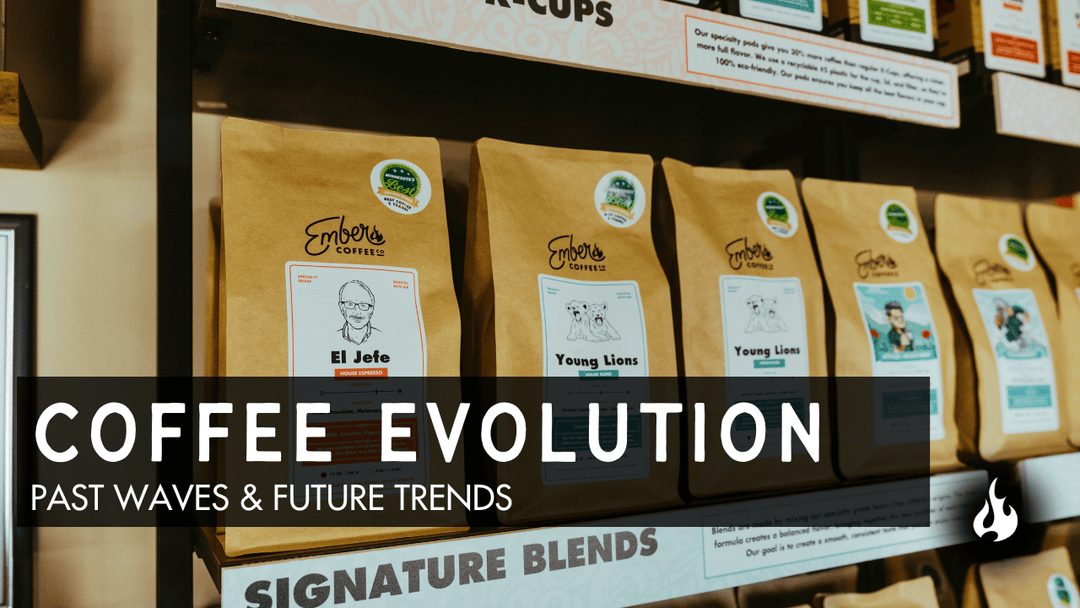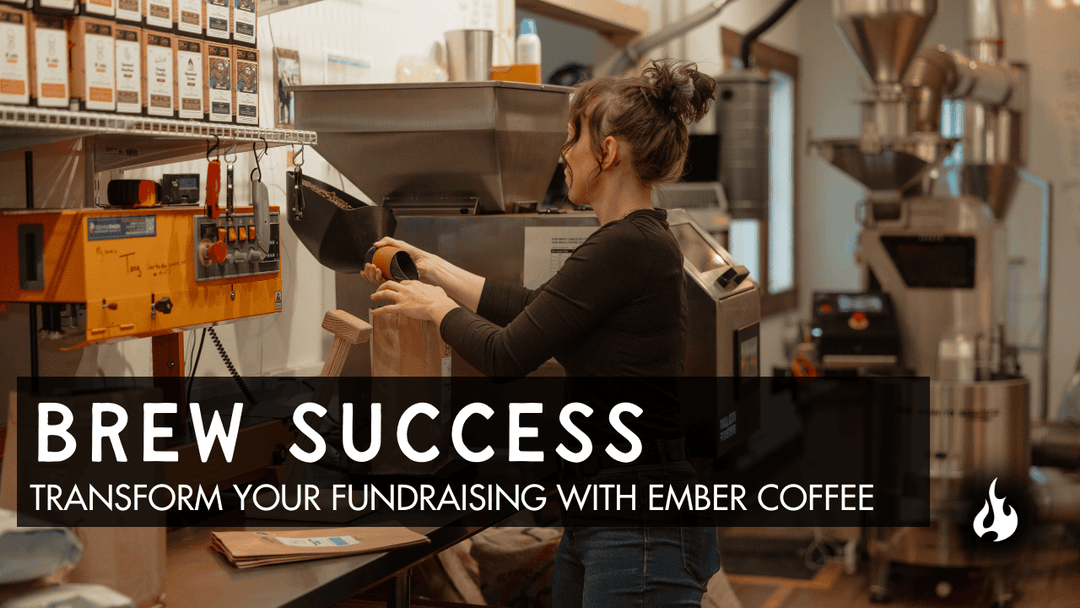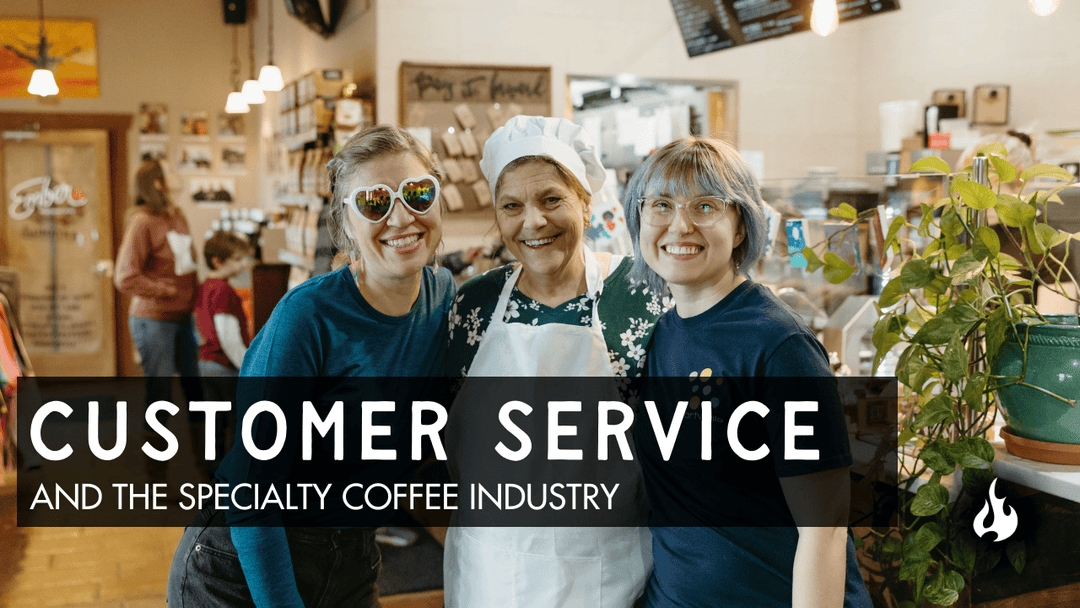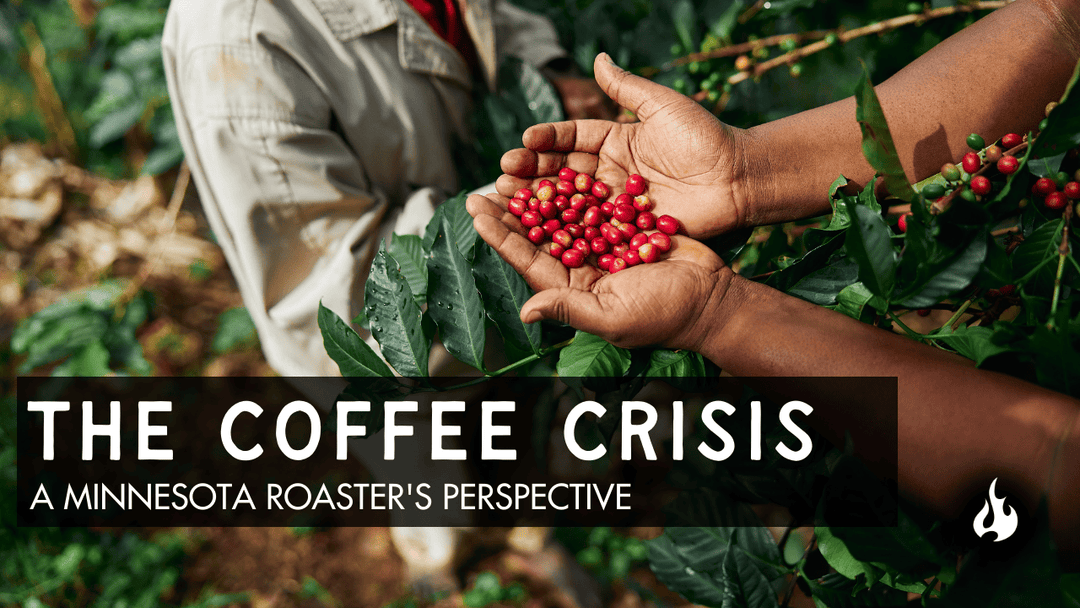Tips for Reducing Risks in a Coffee Roastery
A coffee roastery combines the art of craftsmanship and the science of precision, but it also presents a range of safety challenges.
Tips for Reducing Risks in a Coffee Roastery
A coffee roastery combines the art of craftsmanship and the science of precision, but it also presents a range of safety challenges.

A coffee roastery combines the art of craftsmanship and the science of precision, but it also presents a range of safety challenges.
Whether you’re an artisan micro-roaster or managing a large-scale operation, creating a safe work environment is essential to ensure employee well-being and protect equipment.
From managing volatile compounds during roasting to preventing injuries from heavy lifting, minimizing hazards in a coffee roastery requires diligent planning, regular maintenance, and proper training. This article explores actionable strategies to reduce risks, improve air quality, and maintain safety in your roastery.

Why Safety is Crucial in a Coffee Roastery
Operating a roastery is exciting but physically demanding. Burn risks, toxic fumes, and heavy lifting are only a few safety concerns. According to safety reports, poor air circulation in confined environments leads to long-term health risks, while improper handling of heavy sacks of green coffee can cause acute injuries.
Why does safety matter? Because mishaps often affect more than just individuals; unchecked hazards can escalate, leading to productivity loss, reputational risk, or equipment damage. By understanding the specific risks involved in coffee roasting, you can implement systems that reduce injuries and create a safer, more efficient workplace.
Common Hazards in Coffee Roasteries and How to Manage Them
Operating a coffee roastery is no small task. Beyond crafting the perfect roast, owners and operators must navigate a range of hazards to ensure a safe environment for their team. From airborne toxins to fire risks, here are six key challenges faced by roasteries—and how to tackle them effectively.
Volatile Compounds and Airborne Hazards
Roasting coffee is more than just heating beans; it releases volatile organic compounds (VOCs), fine particles, and chemicals like diacetyl and formaldehyde. Over time, exposure to these substances can cause serious respiratory conditions, such as bronchiolitis obliterans (commonly known as “popcorn lung”). Poor ventilation can also lead to dangerous levels of carcinogens like benzene, posing significant long-term health risks.
To mitigate these hazards, ventilation is critical. Installing systems like air filtration or catalytic ventilation can help capture and eliminate harmful compounds. Pair this with air quality monitors to keep pollutant levels in check and ensure staff are equipped with personal protective equipment (PPE), such as respirators, for an added layer of safety.
Burn Risks from High-Temperature Equipment
Roasting machines run at extremely high temperatures—up to 428°F (220°C). Even brief contact with such hot surfaces can cause severe burns. Whether it’s the roasting equipment, cooling trays, or chaff collectors, the risk of injury is constant.
To protect employees, provide them with heat-resistant gloves and aprons. Establish clear operating procedures (SOPs) to prevent accidents and train staff on safe practices when working around hot equipment.
Heavy Lifting and Ergonomics
Handling sacks of green coffee beans, which can weigh between 110 and 154 lbs (50–70 kg), is physically demanding and can lead to musculoskeletal injuries if not done correctly. Improper lifting techniques or repetitive strain can cause lasting harm to employees.
This is where equipment and training come into play. Lifting aids like pallet jacks or hoists can reduce strain on workers, while proper training on lifting techniques is essential to prevent injuries. Rotating tasks among employees can also help limit how often heavy loads are handled during a single shift.
Smoke, Odors, and Poor Ventilation
Roasteries without adequate air circulation often face the compounding effects of smoke, odors, and VOCs, making the workspace uncomfortable and potentially harmful over time. Smaller roasteries are especially vulnerable, as limited ventilation can quickly lead to poor air quality.
Investing in a robust ventilation system tailored to the size of your operation is key. Regular maintenance of filters and ventilation equipment will keep air quality optimal. Additionally, staggering roasting times or scheduling downtime can prevent overlapping processes from overwhelming the air.
Fire Hazards from Neglected Maintenance
Fire is one of the most significant risks in a coffee roastery. Chaff, grease, and debris can quickly accumulate in roasting machines, air ducts, or chaff collectors. Without regular cleaning and maintenance, this buildup can ignite, leading to potentially devastating fires.
To reduce fire risks, cleaning routines should be non-negotiable. Ensure all parts of the machine, from ducts to collectors, are maintained regularly. Flame detectors and fire extinguishers should be installed in key areas, and all employees should receive fire safety training to know how to react in an emergency.
Lack of Comprehensive Training
The importance of proper training can’t be overstated. An undertrained team may misuse equipment, ignore safety protocols, or fail to act appropriately in emergencies. These gaps in knowledge can lead to accidents and injuries.
Creating a thorough onboarding program is a great starting point. Cover everything from safe equipment usage to emergency procedures and chemical handling. Regular refresher courses and safety audits will ensure that protocols are followed and employees stay informed.

Creating a Safer Workspace for Your Roastery
Running a roastery comes with unique challenges, but creating a safe environment doesn’t have to be one of them. From advanced ventilation systems to proper maintenance and safety equipment, there are practical steps you can take to protect your team and ensure smooth operations.
The Role of Ventilation
Air quality control is crucial in reducing exposure to hazardous emissions, especially in smaller roasteries where space is limited. Compact yet powerful ventilation systems can provide efficient air filtration without dominating your workspace. Modern systems equipped with catalytic purification and high-temperature decomposition technology can eliminate up to 99% of VOCs. Plus, self-cleaning features minimize maintenance and extend the system’s lifespan, making them both practical and effective for small-scale operations.
The Importance of Maintenance
A safe roastery runs on good maintenance habits. Regular upkeep not only reduces fire risks but also keeps equipment running smoothly. Following a simple monthly checklist can go a long way: clean chaff collectors, ducts, and cooling trays; check for grease buildup near burners or vents; inspect ventilation systems for blockages; and replace any worn-out personal protective equipment (PPE) like gloves or goggles. Consistency in maintenance is key to keeping your team safe and your roastery efficient.
Equipping Your Team
The right protective gear can make all the difference. Heat-resistant gloves and protective aprons are essential to prevent burns, while N95 respirators protect against fine particles during roasting. Steel-toe shoes add an extra layer of safety for moving heavy loads. Stocking your roastery with these essentials ensures your team can focus on their tasks without unnecessary risks.
Safety Through Education
A culture of safety starts with knowledge. Empower your team by offering workshops on safe lifting techniques and proper posture. Provide tutorials on machine mechanics and emergency troubleshooting. Supplement these efforts with videos and manuals tailored to your specific roasting equipment. When your team understands the why behind safety practices, they’re more likely to embrace them.
By taking these steps, you can create a workspace that not only prioritizes safety but also supports productivity and peace of mind for everyone involved.

Building a Safe and Thriving Roastery
Safety isn’t just about compliance; it’s about fostering a workspace where employees feel valued, comfortable, and empowered. A secure environment leads to higher productivity, fewer injuries, and ultimately better coffee quality.
Together, we can make your roastery a model of excellence for the coffee community.
A safe roastery isn’t just good business; it’s essential. Reach out to us today to safeguard your employees, your craft, and your reputation. Contact Us for Consultation







